Spring is just around the corner, and that means the beginning of the research semester where multiple grade levels will begin some form of research project. I always enjoyed this process in the classroom with 22 students and LOTS of parent helpers. It’s not quite as manageable in the library without my library aide (Oh, how I miss those days!) or parent volunteers, but everything always gets done somehow! 🙂
Our district supports students using the Big 6 Research Model, which I had also used in the classroom with my third graders. While I think the steps are valid, their terminology often makes teaching the steps very difficult, especially with the younger kids. So this year, I decided to do something a little different.
For one of my beginning of the year activities, I dress up in a chef’s hat and apron to teach the students the “Ingredients to a Good Story”. This activity usually follows the cute story “Aunt Isabel Tells a Good One” by Kate Duke. In the book, Aunt Isabel makes up a story with Penelope’s help, while at the same time teaching Penelope what “ingredients” need to be in the story to make it exciting (things like characters, setting, problem, etc.)
Updated on 2/8/16:
So today, while I was doing this lesson with 1st grade, I noticed how the posters were blending into the white of my whiteboard. The more I looked at them, the more I realized each poster looked too much like the others, and I could see that the students may not see them as 6 separate steps. So I went back to the drawing board, and added in some color. I put the steps in Rainbow order to help the kids remember the order of the steps as well. I’m so excited in how they turned out and can’t wait to use these tomorrow! Here’s what they look like now:
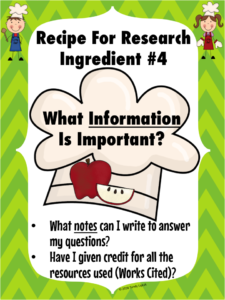

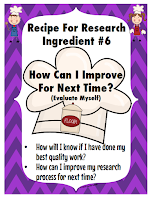
What do you think of the changes? I’d love to hear your feedback!
Sandy









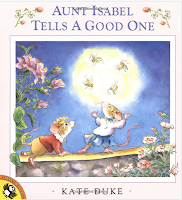



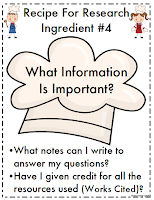




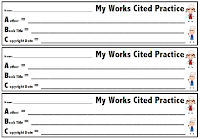

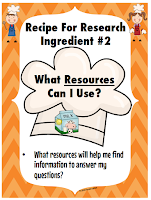
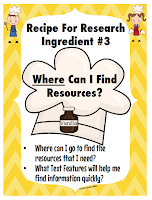
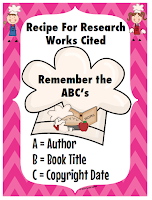






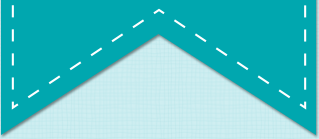

Just found your blog via Pinterest and love it! Thanks for sharing so many great ideas!
You're welcome! Thanks for stopping by! 🙂
Do you have the recipe cards that are in the picture above for characters, setting, ect???
I think that is a great idea!
Hi Debbie,
I don’t currently have separate posters for the parts of a Fiction story (characters, setting, problem, etc.) but I have added that to my list to create! 🙂 I do have a poster set that I use for retelling with that information on it also. You can find that in my store here at: http://lessonsbysandy.com/store/fiction-non-fiction-story-elements